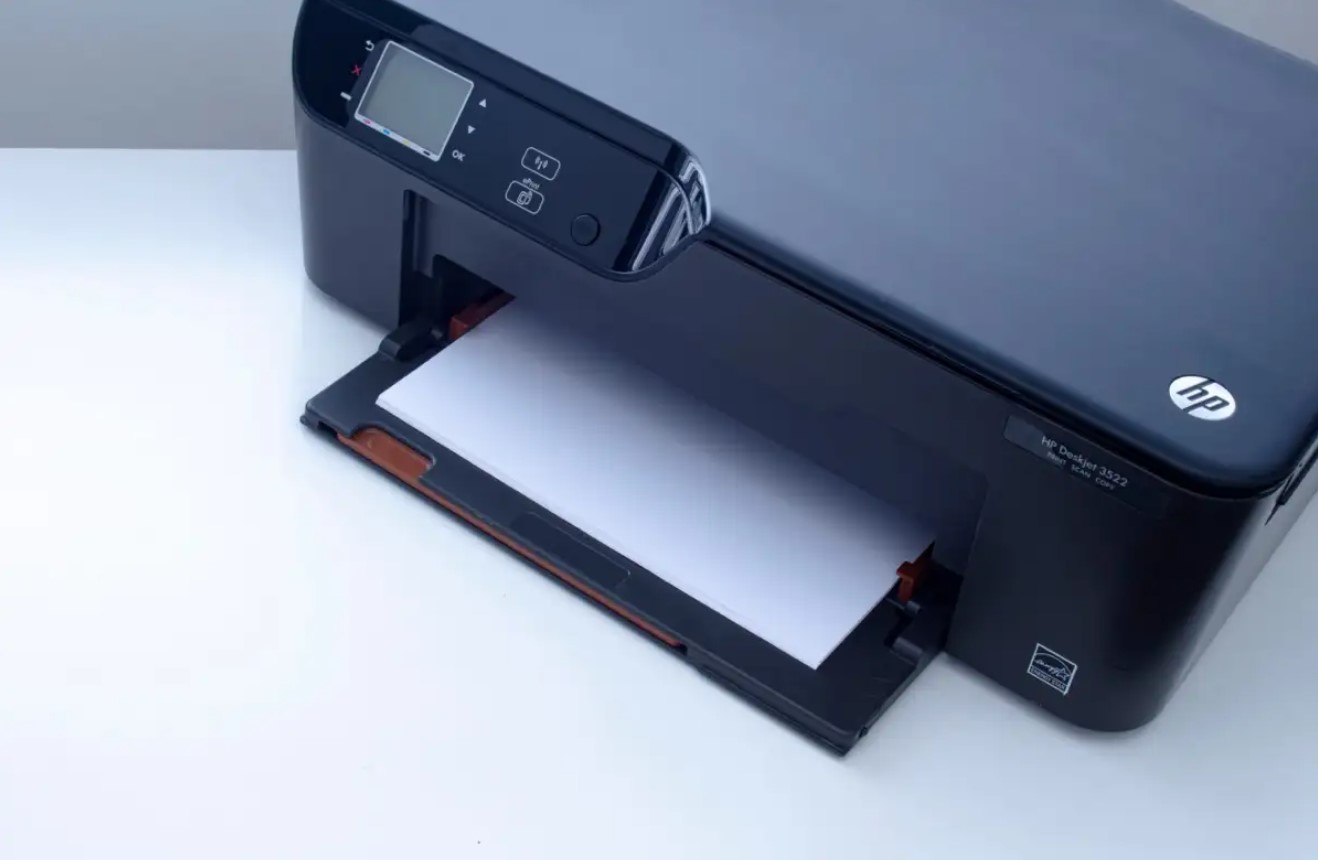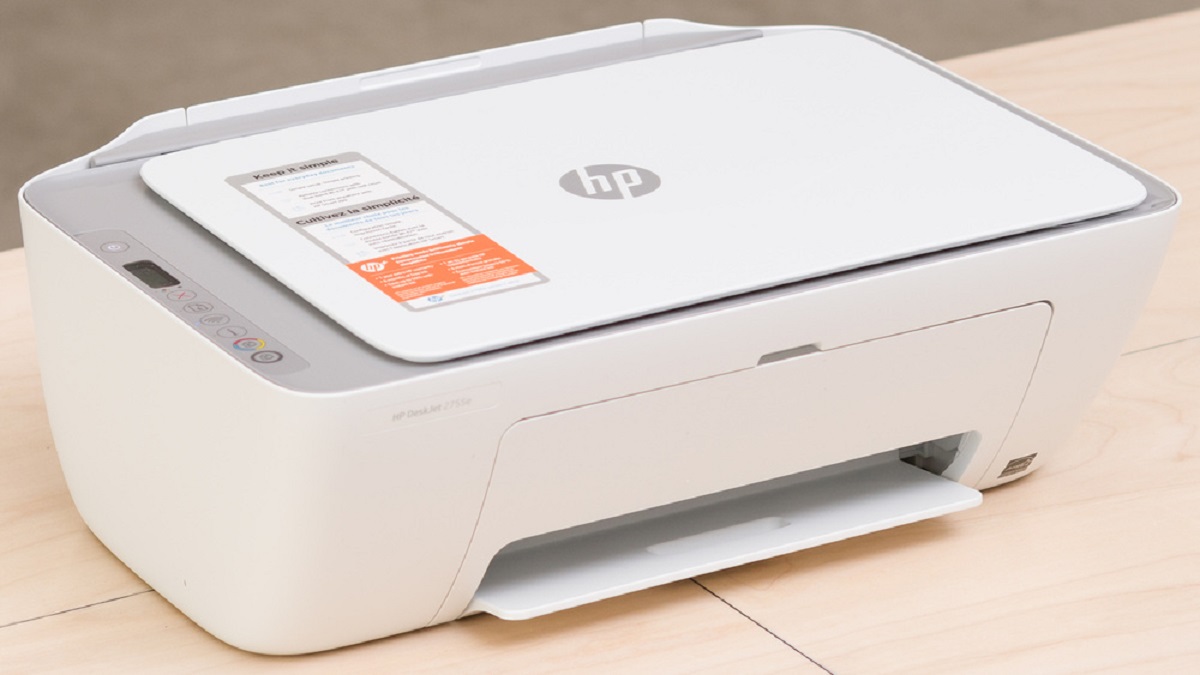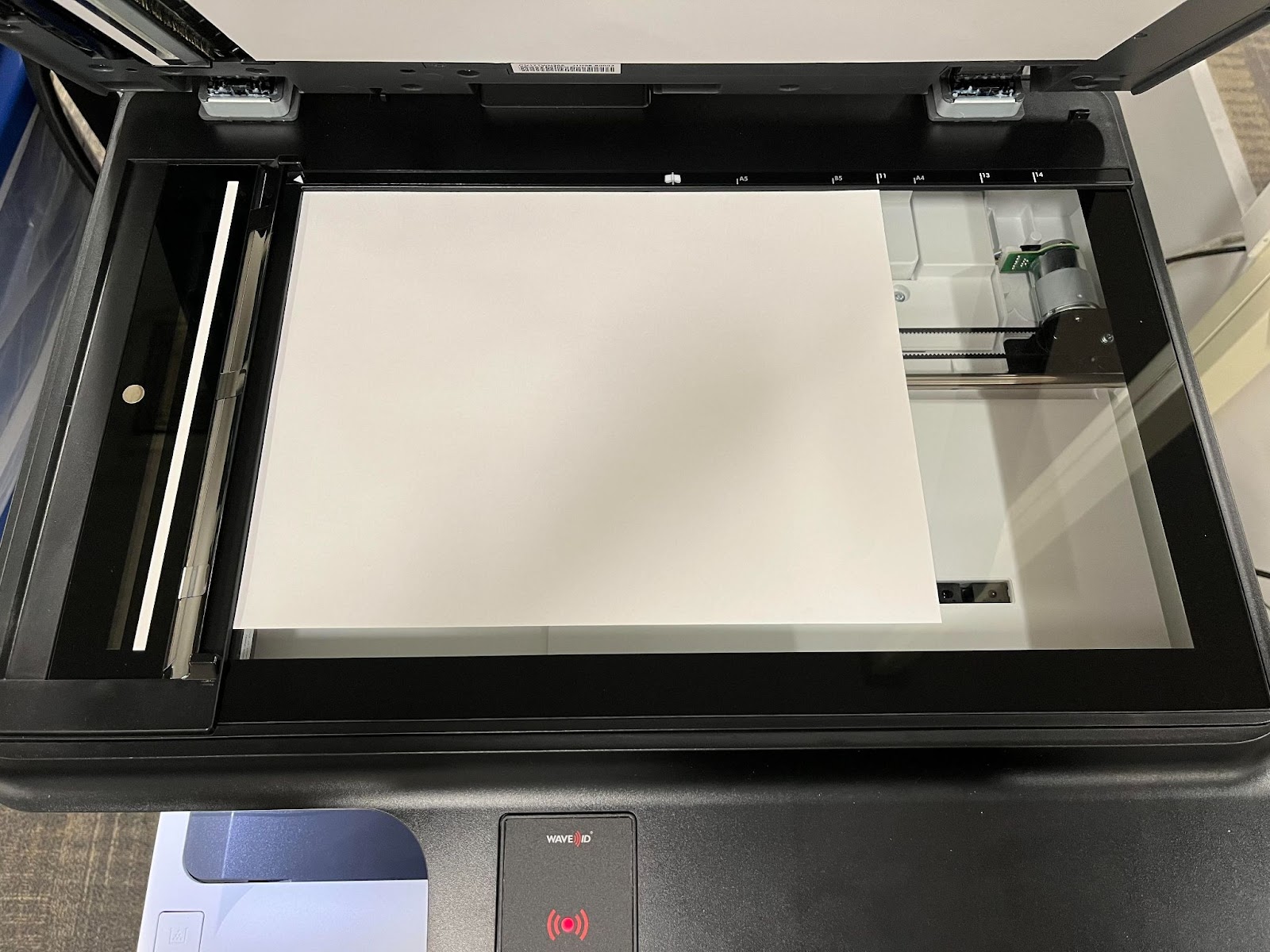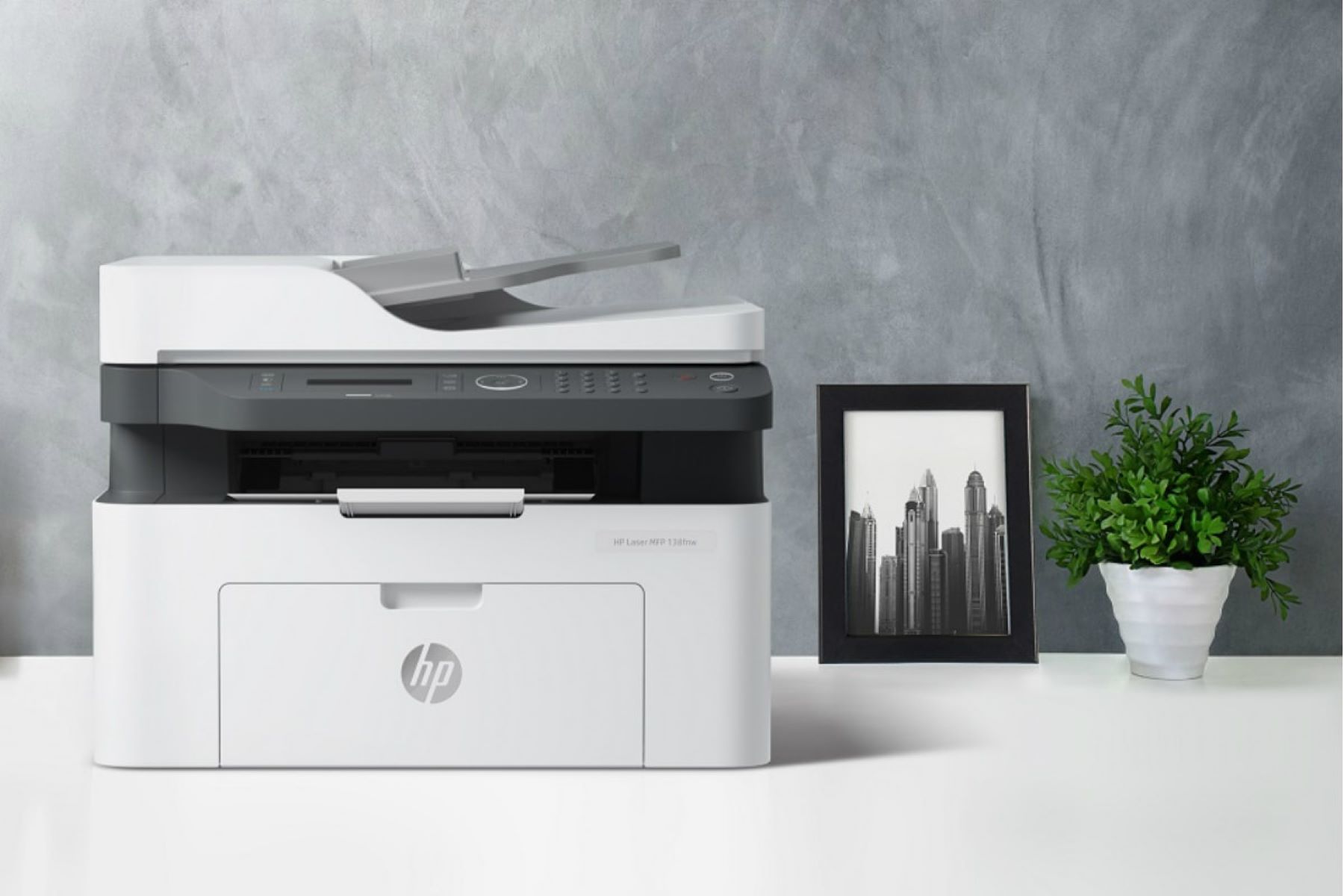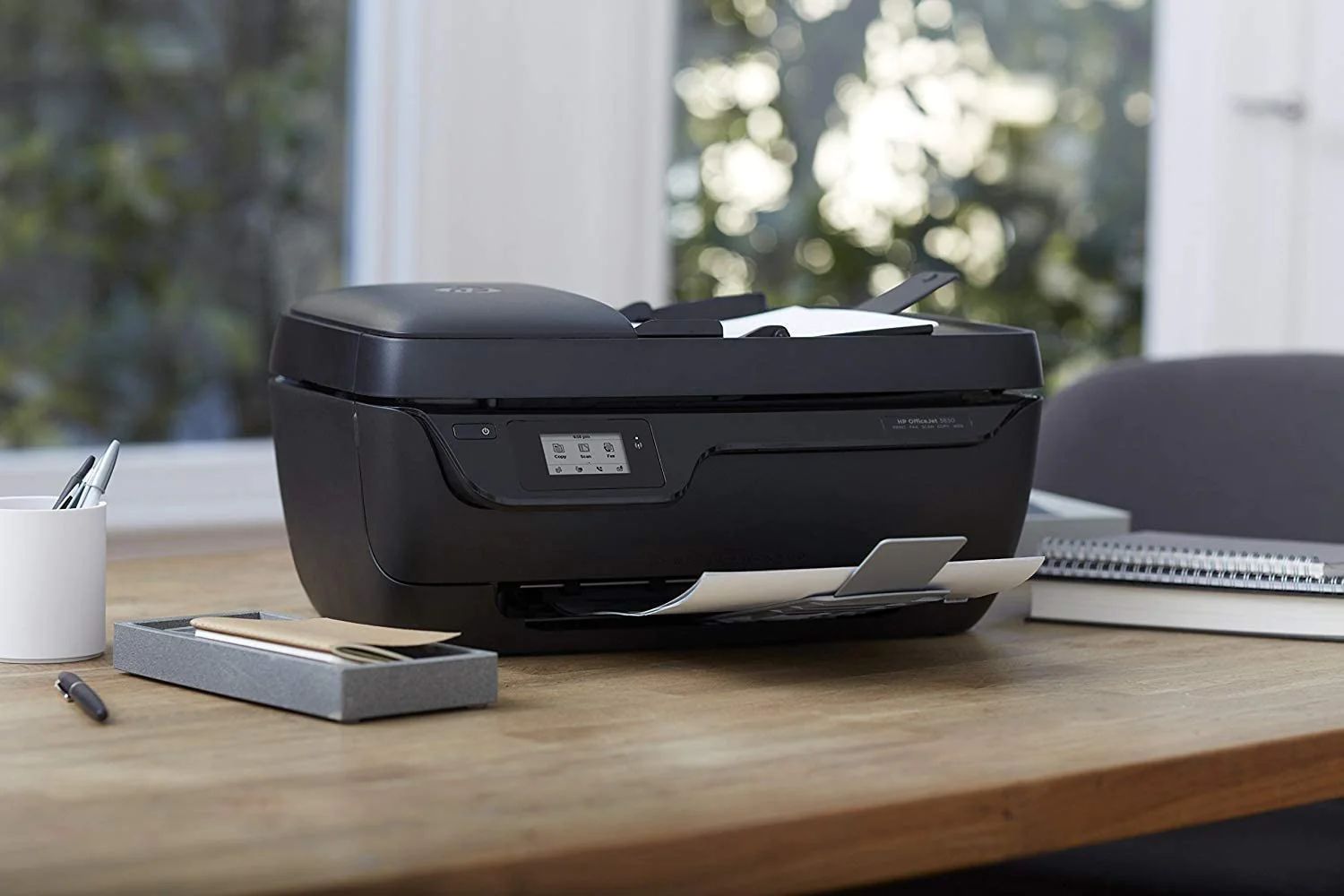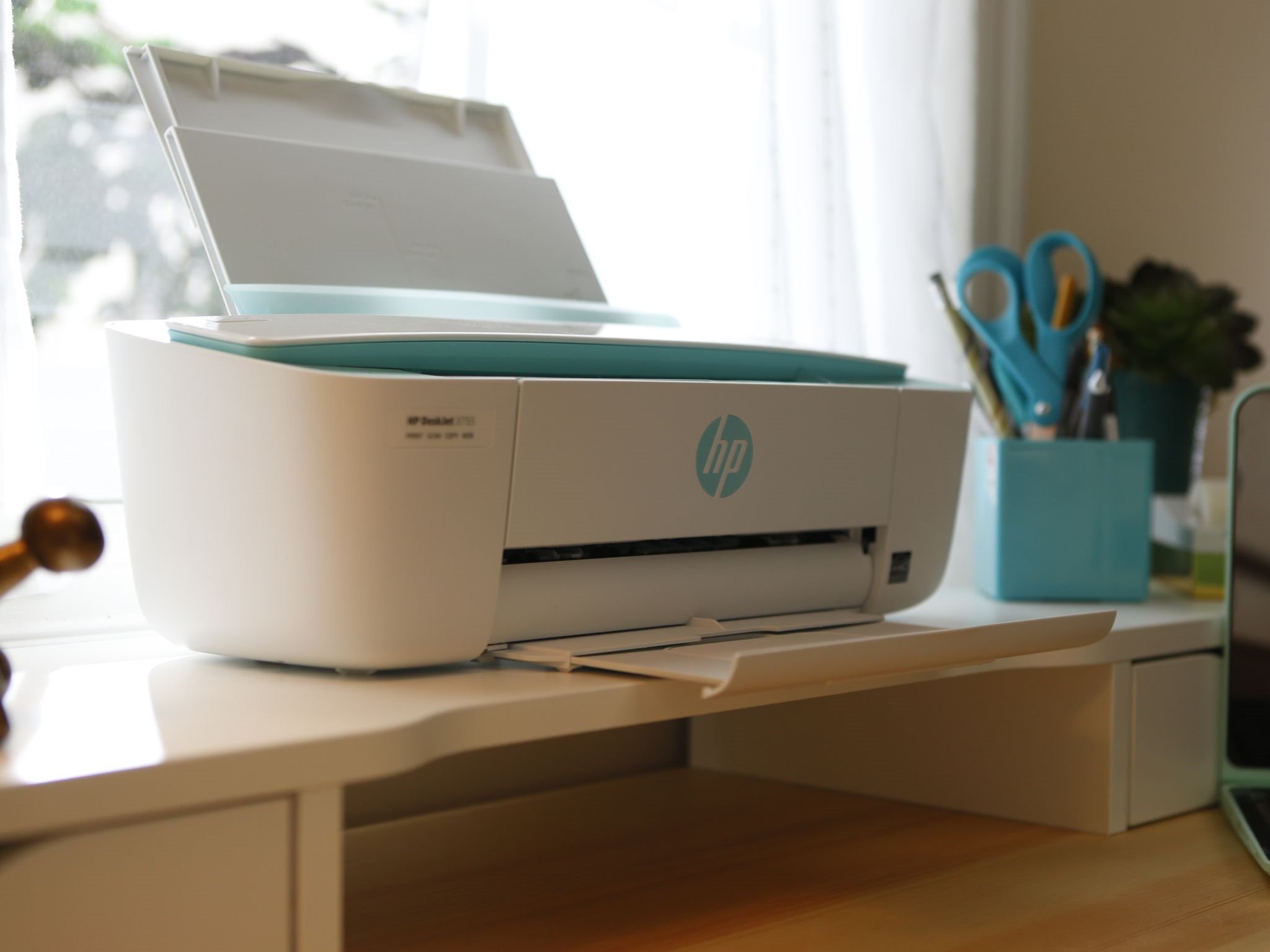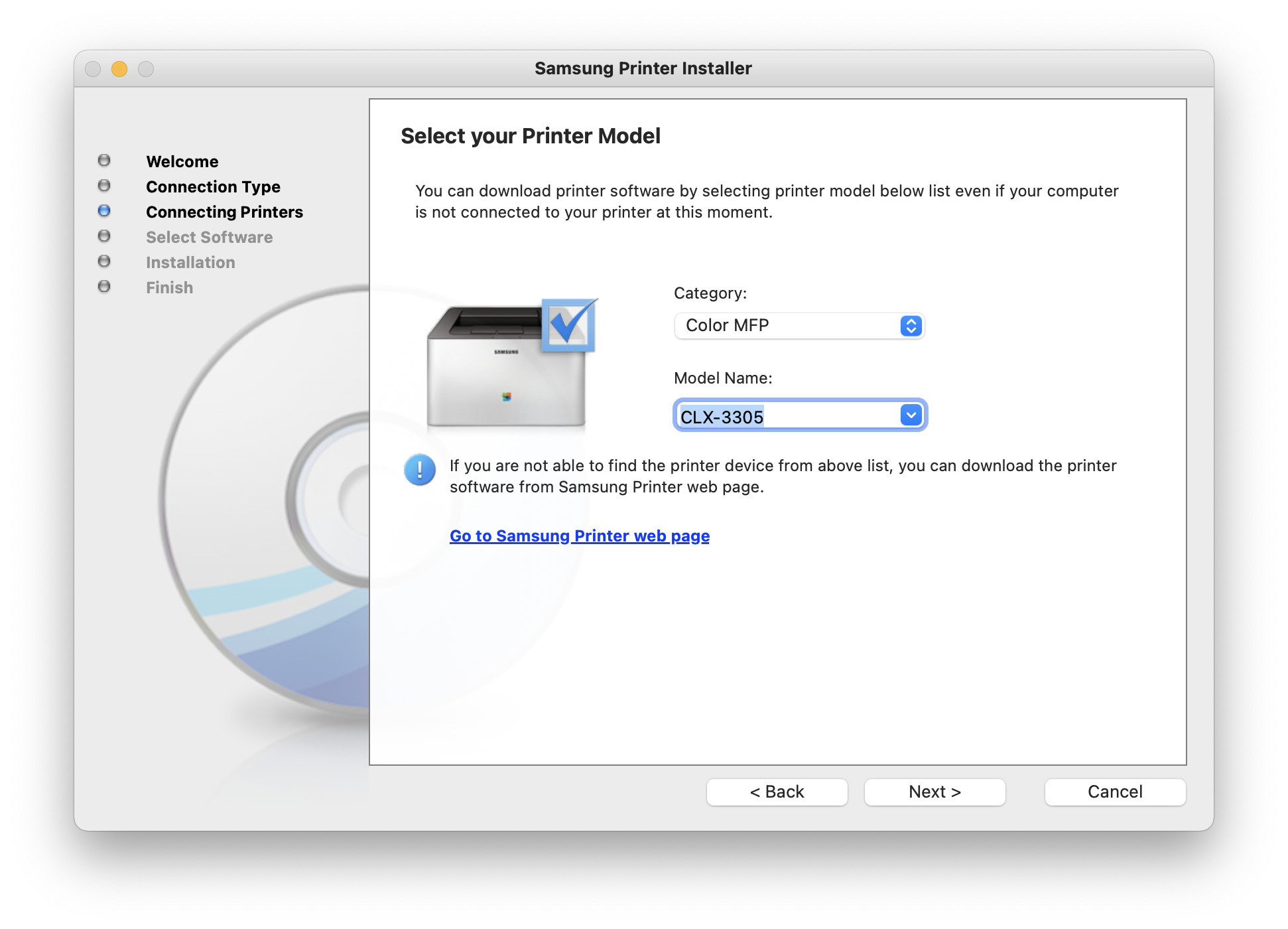Introduction
Welcome to the world of HP printers! Whether you’re a tech-savvy enthusiast or a casual user, having access to the latest drivers for your HP printer is crucial to ensure optimal performance and compatibility. A printer driver acts as the bridge between your computer and the printer, enabling seamless communication and allowing you to utilize all the features and functions of your HP printer.
Downloading and installing the correct printer drivers is essential for the smooth operation of your printer. However, with the variety of printer models and operating systems available, it can sometimes be a daunting task to find the right drivers for your specific HP printer.
In this guide, we will walk you through the necessary steps to download HP printer drivers, ensuring that you have the most up-to-date software for your printer. We will cover various methods, including downloading from the official HP website and utilizing the Windows Update feature. We will also provide troubleshooting tips for common issues that may arise during the installation process.
It is important to note that the process of downloading and installing printer drivers may vary slightly depending on the specific model of your HP printer and the operating system you are using. However, the general steps outlined in this guide should apply to most HP printers and operating systems.
So, let’s dive into the world of HP printer drivers and equip ourselves with the knowledge to ensure that our printers are always up to date and ready to print with perfection!
Checking Compatibility
Before you proceed with downloading and installing HP printer drivers, it is essential to check the compatibility of the drivers with your operating system. This step ensures that you download the correct drivers that will work seamlessly with your system, avoiding any potential conflicts or issues.
Start by identifying the version of your operating system. For Windows users, you can do this by clicking on the “Start” button, selecting “Settings,” and then clicking on “System” or “System Information.” The version of your operating system will be displayed here.
For macOS users, click on the Apple menu, select “About This Mac,” and the version of macOS will be clearly displayed.
With the operating system version determined, visit the official HP website and navigate to the support section. Here, you’ll find a search bar where you can enter your printer model number or name. Make sure to select the correct model from the search results, as HP offers a wide range of printer models.
Once you are on the product page for your specific printer model, look for the “Software & Drivers” or “Downloads” section. Here, you will find a drop-down menu where you can select your operating system. Ensure that you select the correct version to view the compatible drivers for your system.
After selecting your operating system, the webpage will display a list of available drivers for download. It’s important to choose the driver that matches the operating system version you determined earlier.
If the drivers listed are compatible with your operating system, you are ready to proceed with the download. However, if there are no drivers available for your specific operating system, you may need to consider upgrading your operating system or contacting HP support for further assistance.
Another useful tip to consider during the compatibility check is to ensure that your computer meets the minimum system requirements specified by HP for the printer drivers. These requirements are usually listed on the support page or in the driver documentation.
By checking the compatibility of the drivers and your operating system, you can be confident that you are downloading the correct software that will seamlessly integrate with your printer, maximizing its performance and functionality.
Finding the HP Printer Model
Before you can download the appropriate HP printer drivers, you need to correctly identify the model of your printer. This information is crucial as it ensures you download the drivers specific to your printer, guaranteeing compatibility and optimum performance.
There are several ways to find the model of your HP printer, depending on the device and your preference:
- Physical Label: The easiest way to identify your printer model is by looking for a label or sticker on the printer itself. The label is usually located on the back, bottom, or inside the printer’s cartridge area. It typically includes the model name or number, as well as other useful information such as serial numbers and manufacturing dates.
- User Manual: If you have the original documentation that came with your printer, check the user manual. The model number is often printed on the front or back cover, or within the first few pages. It’s advisable to keep your printer manual in a safe place for future reference.
- Printer Software: Many HP printers come with software installed on your computer that provides an easy way to manage your printer. Open the printer software and look for a section that displays your printer model or printer information. This can usually be found in the “Settings” or “Tools” menu of the printer software.
- Control Panel: On some HP printers, you can find the model number by accessing the printer’s control panel. Navigate through the menu options or settings until you find the printer information, which should display the model number.
Once you have identified the model number of your HP printer, it’s crucial to write it down or take note of it. This information will be essential when searching for the correct drivers on the HP website or other sources.
Remember that each HP printer model has specific drivers designed for it, so accuracy in identifying the model is vital. If you have trouble locating the model number or if it is not clearly visible on the printer, consult the manufacturer’s website or contact HP support for assistance.
By properly identifying the model of your HP printer, you can ensure that you download the correct drivers and software, enabling your printer to run smoothly and efficiently.
Downloading from the HP Website
One of the most reliable and recommended methods for downloading HP printer drivers is directly from the official HP website. Here’s a step-by-step guide on how to do it:
- Open your preferred web browser and navigate to the HP website (www.hp.com).
- Once on the HP website, locate the “Support” or “Support & Drivers” section. This may be found on the top or bottom menu of the homepage.
- In the support section, enter the model number of your HP printer in the search bar. The website will display search results related to your printer model. Click on the correct model to proceed.
- On the product page for your specific printer model, look for the “Software & Drivers” or “Downloads” section. Click on it to access the driver downloads.
- You may be asked to select the operating system you are using. Choose the appropriate operating system from the drop-down menu. If you are unsure which operating system you have, refer to the previous section on checking compatibility.
- Once you have selected the correct operating system, the webpage will display the available drivers for download. It’s important to review the driver information and select the latest version to ensure optimal performance and compatibility.
- Click on the “Download” button next to the driver you wish to install. The driver file will start downloading to your computer. The download time may vary depending on your internet connection speed and the size of the driver file.
- Once the download is complete, navigate to the location where the driver file was saved on your computer. It is typically in the “Downloads” folder or a designated location specified by your browser.
- Double-click on the driver file to initiate the installation process. Follow the on-screen prompts to complete the installation. Make sure to read and accept any terms of use or license agreements.
- Once the installation is complete, restart your computer to ensure that the driver is fully integrated into your system.
By following these steps, you can easily download the appropriate HP printer drivers from the official HP website. This ensures that you have the most up-to-date and compatible software for your printer, maximizing its performance and functionality.
Downloading from Windows Update
Another convenient method for downloading HP printer drivers is through the Windows Update feature. Windows Update is a built-in tool in Windows operating systems that regularly checks for updates and provides them to users. Here’s how you can download HP printer drivers via Windows Update:
- Open the “Settings” menu on your Windows computer by clicking on the “Start” button and selecting the gear icon.
- In the Settings menu, click on “Update & Security.” This will open the Windows Update settings.
- On the Windows Update page, click on “Check for updates.” Windows will now search for the latest updates available for your computer.
- If there are any updates available for your HP printer, they will be listed under the “Optional updates” section. Look for any drivers or software related to your specific printer model.
- Check the box next to the HP printer driver or software update that you want to download and install. If there are multiple options available, choose the most recent version.
- Click on the “Download and install” button to start the download and installation process. Windows will begin downloading the selected driver or software update for your HP printer.
- The download time may vary depending on the size of the update and your internet connection speed. Make sure to keep your computer connected to the internet during the download process.
- Once the download is complete, Windows will automatically install the HP printer driver or software update. Follow any on-screen prompts or instructions to complete the installation.
- After the installation is complete, restart your computer to ensure that the driver is fully integrated into your system.
Downloading HP printer drivers through Windows Update is a convenient option as it allows you to keep your printer drivers up to date without manually searching and downloading them from the manufacturer’s website. It is especially useful when Windows recognizes the need for a driver update for your specific HP printer.
Keep in mind that Windows Update may not always have the most current or specific driver for your HP printer model. In such cases, it is recommended to visit the official HP website and manually download the drivers to ensure you have the latest and most compatible software for your printer.
Installing the Drivers
After successfully downloading the HP printer drivers onto your computer, the next step is to install them. The installation process may vary slightly depending on your operating system and printer model, but the general steps outlined below should guide you in the right direction:
- Locate the downloaded driver file on your computer. It is typically saved in the “Downloads” folder or a location specified by your web browser.
- Double-click on the driver file to initiate the installation process. If prompted by your operating system or security software, confirm that you want to run the installer.
- Follow the on-screen prompts to proceed with the installation. This may include agreeing to the terms and conditions or license agreements for the driver software.
- Choose the installation type. You will generally have two options: “Typical” or “Recommended” installation, which includes the necessary drivers and software, or “Custom” installation, which allows you to select specific components you want to install. Choose the option that suits your needs.
- During the installation process, the driver software will extract and copy the necessary files to the appropriate locations on your computer.
- If prompted, connect your HP printer to your computer using a USB cable. Some newer printers may have wireless or network installation options as well. Follow the on-screen instructions to establish the connection between your printer and computer.
- Once the installation is complete, you may be prompted to restart your computer. It is recommended to restart to ensure that the driver software is fully integrated into your system.
- After restarting, your computer should recognize the newly installed HP printer drivers. You can verify this by checking the list of printers in your computer’s devices and printers settings. Your HP printer should now be listed and ready to use.
It is important to note that some operating systems, such as Windows 10, may automatically install the necessary drivers for your HP printer as soon as you connect it to your computer. In such cases, you may not need to manually download and install the drivers.
If you encounter any issues during the installation process, refer to the troubleshooting section in this guide or consult the HP support website for assistance.
By following these steps, you can successfully install the downloaded HP printer drivers on your computer, allowing you to fully utilize the features of your printer and ensure seamless communication between your computer and the device.
Troubleshooting Common Issues
While downloading and installing HP printer drivers is typically a straightforward process, you may encounter some common issues along the way. Here are a few troubleshooting tips to help you resolve these issues:
- Incompatible Drivers: If you experience compatibility issues with the downloaded drivers, make sure you have selected the correct operating system and printer model during the download process. If the drivers are still not working, visit the HP website and check for any updated or alternative drivers available for your printer model.
- Driver Installation Failure: If the driver installation fails, try uninstalling any previously installed printer drivers or software from your computer. This can be done through the Control Panel (Windows) or the Applications folder (macOS). Restart your computer, and then attempt the driver installation again.
- Connection Issues: If your HP printer is not being recognized or is not functioning properly after the drivers are installed, check the connections. Ensure that the printer is securely connected to your computer via USB, and that the power cable is properly plugged in. If you are using a wireless or network connection, verify that both your printer and computer are connected to the same network.
- Printer Not Responding: If your printer is not responding or not printing, try restarting both your computer and the printer. This can help refresh the connection and resolve any temporary glitches. It’s also recommended to check the printer’s settings and make sure it is set as the default printer on your computer.
- Print Quality Issues: If you’re experiencing issues with print quality, such as blurry or faded prints, check the printer settings and ensure they are optimized for your desired output. Additionally, make sure you are using the appropriate paper type and size for your print job. If the issue persists, consider running a printer maintenance task or cleaning cycle from the printer’s control panel or software.
If you continue to experience problems with your HP printer even after troubleshooting, it is recommended to visit the HP support website or contact their customer support for further assistance. They will be able to provide specific troubleshooting steps based on your printer model and the issues you’re facing.
Remember to check for any available driver updates periodically to ensure that you have the latest software and drivers for your printer, as updates may include bug fixes, performance enhancements, and additional features.
By following these troubleshooting tips, you can overcome common issues that may arise during the downloading, installation, and usage of HP printer drivers, allowing you to enjoy seamless printing experiences with your HP printer.
Conclusion
Downloading and installing the correct HP printer drivers is essential for ensuring the optimal performance and compatibility of your printer. In this guide, we covered the necessary steps to download drivers from the official HP website and through Windows Update. We also provided troubleshooting tips for common issues that may arise during the installation process.
First, we emphasized the importance of checking compatibility by identifying your operating system and verifying it with the HP website. We also discussed the various methods to find the model number of your HP printer, such as checking physical labels, user manuals, printer software, or the control panel of the printer itself.
We then provided step-by-step instructions for downloading HP printer drivers from the official HP website. This involved searching for your specific printer model, selecting the correct operating system, downloading the desired driver, and finally, installing it on your computer.
Additionally, we explained how to download HP printer drivers through Windows Update, a convenient method that allows for automatic updates of drivers. However, we advised users to rely on this feature only when it provides the most up-to-date and compatible drivers for their specific printer model.
Moreover, we explored common issues that may occur during the downloading and installation process, such as incompatible drivers, driver installation failures, connection issues, unresponsive printers, or print quality issues. We provided troubleshooting tips to help resolve these issues and recommended contacting HP support for further assistance if needed.
In conclusion, by following the steps outlined in this guide and troubleshooting any encountered issues, you can ensure that your HP printer drivers are up to date and properly installed, allowing for seamless communication between your computer and printer. This will enhance your printing experience and ensure that your printer functions at its full potential.









